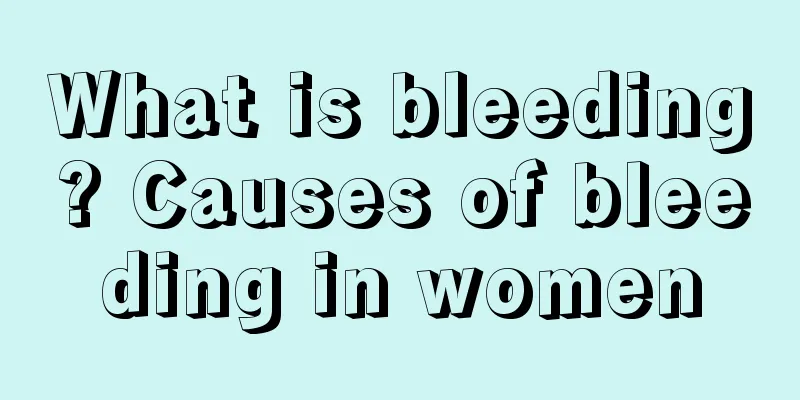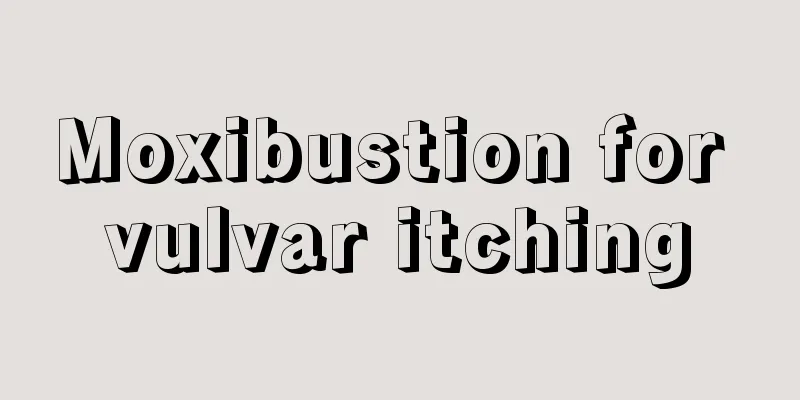[Medical Q&A] What should you be alert to if you always use one hand to drag the other forearm after an injury?
![[Medical Q&A] What should you be alert to if you always use one hand to drag the other forearm after an injury?](/upload/images/67f0fca8bce4e.webp)
|
Planner: Chinese Medical Association Reviewer: Shao Zengwu, Chief Physician and Professor of Union Hospital affiliated to Tongji Medical College, Huazhong University of Science and Technology If this happens, you should be alert to clavicle fracture. The typical manifestation of clavicle fracture is that the head is tilted to the affected side, the affected limb is adducted, and the healthy hand supports the forearm of the affected limb. It is necessary to check whether the patient has shortness of breath and weakened breath sounds, the blood circulation of the affected limb, and whether the sensory and motor functions of the affected limb are impaired. Anteroposterior clavicle X-rays can confirm the diagnosis and understand the degree of fracture displacement and comminution. CT examination can identify sternoclavicular joint dislocation, epiphyseal injury, and whether the distal clavicle fracture involves the articular surface. For patients with a clear history of trauma, as well as local tenderness, bone friction, skin and soft tissue injury, bruises and swelling, abnormal activities and other special signs, clavicle fractures should be highly suspected, and combined with imaging manifestations, a clear diagnosis can be made. Non-displaced fractures or minimally displaced fractures can be treated non-surgically, using a forearm sling and an 8-shaped bandage. The purpose of surgical treatment is to restore the stability of structures such as the sternoclavicular joint, acromioclavicular joint, and coracoclavicular ligament, restore the normal shape of the clavicle and its sling function, and restore the mobility of the shoulder joint as soon as possible. For proximal clavicle fractures, if compression symptoms persist, the medial part of the clavicle can be removed and the sternoclavicular joint can be reconstructed. For mid-clavicular fractures, plates and screws should be used for internal fixation, and some simple fractures can also be fixed with intramedullary nails. For distal clavicle fractures, the distal clavicle plate or distal clavicle hook plate should be used for fixation, and the coracoclavicular ligament should be reconstructed if necessary. |
<<: [Medical Q&A] What are the emergency treatment measures for sudden open fractures?
>>: Can fat-shaking machines help you lose weight?
Recommend
Can I have painless surgery at 10 weeks of pregnancy?
For some women who have not managed to conceive, ...
The feeling of just conceiving
Every woman wants to be a mother, so they are ver...
Are the days before menstruation considered safe periods or ovulation periods?
The few days before menstruation are actually the...
What is the situation of leucorrhea being stringy a few days after menstruation?
After a woman's menstruation ends, her leucor...
Is the chance of pregnancy high if the fallopian tube is blocked?
The incidence of gynecological diseases such as b...
The amount of hcg in the blood indicates successful implantation
Nowadays, many parents are worried about having b...
How to maintain after hysterectomy?
Many people always think that the uterus is simpl...
Will stomach pain in pregnant women affect the health of the fetus?
When pregnant women experience stomach pain, it g...
How do women remove spots?
Women are very prone to freckles, and there are m...
How often should I change my contraceptive ring?
The contraceptive ring is something placed in the...
Why do women have nipple hair?
I believe that in life, many women will find that...
How to treat postpartum disease? These methods are good for recovery
Many women do not pay attention during the confin...
Treatment of pelvic effusion and pelvic inflammatory disease
I believe everyone knows the importance of the pe...
How long does it take to get menstruation after medical abortion and what to pay attention to
How long does it take to get menstruation after m...
Can I dance jazz during menstruation?
Women have their menstrual period for a few days ...









